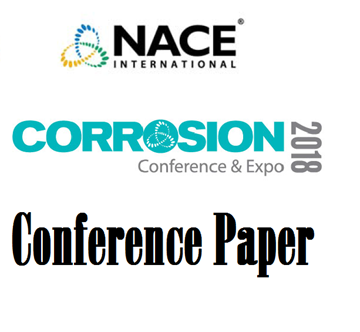Search
51318-10845-Droplet Corrosion on CO2 Transport Pipeline Steels
Also Purchased
Corrosion Inhibition of Pipeline Steels Under Supercritical CO2 Environment
Product Number:
51317--9153-SG
ISBN:
9153 2017 CP
Publication Date:
2017
$20.00
51318-11429-Formation of strong acids in dense phase CO2
Product Number:
51318-11429-SG
Publication Date:
2018
$20.00
Corrosion Assessment of Supercritical CO2 Transportation Pipeline Steels
Product Number:
51319-13132-SG
Publication Date:
2019
$20.00
Recently viewed




